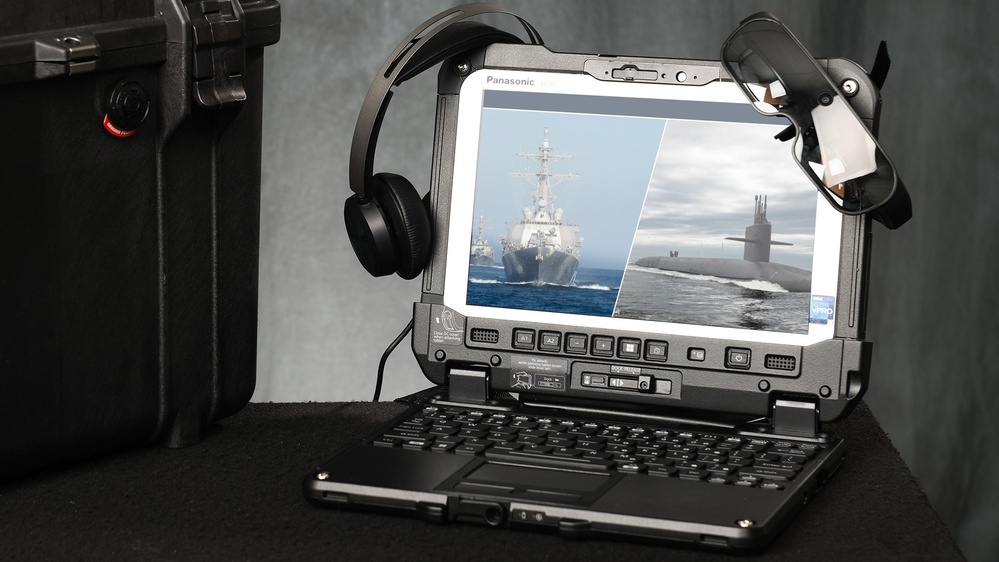Introduction to Augmented Reality within the U.S. Navy
U.S. Navy ships are complex systems that require precise maintenance to operate effectively. When something breaks, your complete ecosystem is disrupted, and operations can come to a standstill until repairs are made. Coordinating these repairs may be difficult, involving logistics, scheduling flights, technician availability, and funding approvals.
The Augmented Reality Maintenance System (ARMS)
To address these challenges, the Naval Surface Warfare Center (NSWC) Port Hueneme Division (PHD) has developed the Augmented Reality Maintenance System (ARMS), with the support of Naval Information Warfare Systems Command (NAVWAR). ARMS allows technicians to offer real-time technical assistance, maintenance support, or training to sailors on ships from anywhere on this planet. This revolutionary system may be used on various devices, including AR headsets, smart goggles, and tablets, offering flexibility and convenience.
History and Development of ARMS
Initially developed by Naval Air Systems Command (NAVAIR) at Naval Air Warfare Center Aircraft Division (NAWCAD) Lakehurst, ARMS was later championed by NAVWAR. Following a successful demonstration in Fiscal Year (FY) 2025 Q1, NAVWAR collaborated with other commands, including Naval Sea Systems Command (NAVSEA) and Naval Information Warfare Center (NIWC) Pacific, to bring ARMS to the fleet. The goal is to make ARMS operational by FY2025 Q2.
Benefits and Impact of ARMS
ARMS is a game-changer for the fleet, providing sailors with real-time access to technical experts and their knowledge. This capability enhances sailor self-sufficiency, enabling them to conduct repairs and maintenance without waiting for fleet technical assistance to reach. With ARMS, the necessity for onboard technical support is reduced, and sailors can give attention to their critical tasks. The system has already been successfully demonstrated on the USS Spruance (DDG-111) and installed on the Nimitz Carrier Strike Group (CSG-11).
Future Plans and Expansion
The next steps involve deploying ARMS on other U.S. Navy ships and shore sites, starting with the Gerald R. Ford Carrier Strike Group (CSG-12). NAVWAR is working closely with NSWC PHD to seek out revolutionary ways to get critical technologies like ARMS to the fleet quickly. The command is committed to providing sailors with the tools they should perform their jobs effectively.
How ARMS Works
ARMS seamlessly combines real and virtual information right into a single visual display for the AR headset user. The system allows technicians to upload files, similar to schematics or instructions, and communicate with sailors via a messaging system. ARMS can operate on low bandwidths and integrate with shipboard networks, making it an excellent solution for distant support. The system can also be licensed at no additional cost, as the federal government owns the software, facilitating widespread adoption across the fleet.
Conclusion
The introduction of ARMS marks a major milestone within the U.S. Navy’s efforts to leverage technology and enhance sailor self-sufficiency. By providing real-time technical assistance and support, ARMS empowers sailors to perform their tasks more efficiently and effectively. As the Navy continues to develop and deploy ARMS, it is probably going that we are going to see significant improvements in maintenance and repair operations, ultimately contributing to the fleet’s overall readiness and effectiveness. With ARMS, the long run of naval maintenance and support is looking brighter, and the probabilities for innovation and growth are countless.
